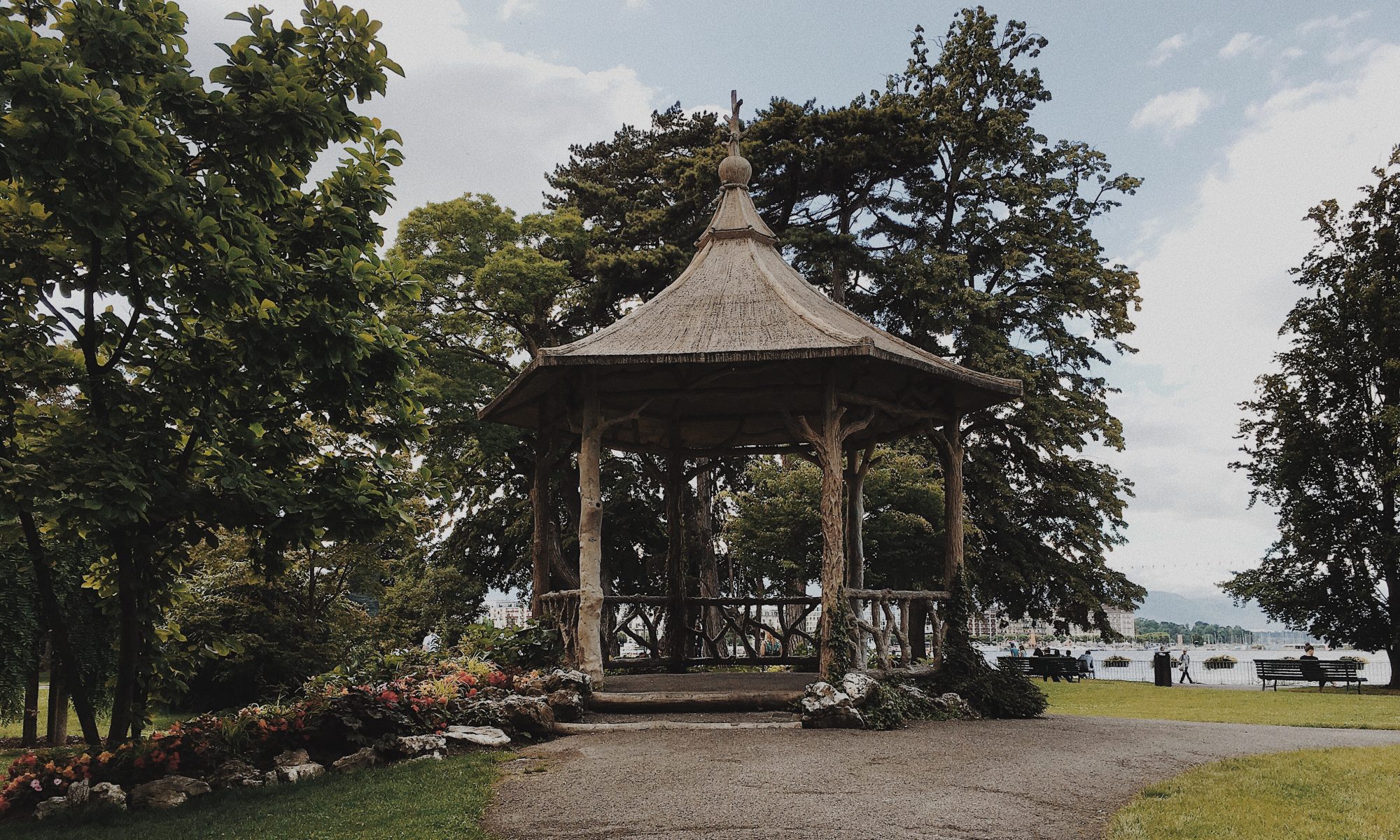The “Amazonia: The Rights of Nature” exhibit curated by Nuno Porto, displays a multitude of cultural artifacts and displays of the amazonian people. The exhibit showcases articles that were handcrafted by indigenous peoples of the amazon including a particular stool made by the Maroon peoples of Suriname out of brazil nut (Amazonia: The Rights of Nature). This stool is a representation of the political issues that indigenous peoples face with regards to exploitation of their resources and the colonization of their lands. This stool could also represent the translation of colonization in the 18th century, to a new modern type of colonization in the 21st century regarding companies taking advantage of the Amazon’s abundant resources of trees. Thus, for the purpose of this blog, I will be explaining the linkages between the colonization of amazonian lands to the current exploitation of indigenous peoples lands for deforestation.
This stool is a representation of colonization in the 1700’s by the Dutch, invading on the land of various indigenous groups in the Amazon. In particular, it reflects the conflict between the colonization of Maroon land in Suriname (Amazonia: The Rights of Nature). The museum label explains how it was not until the Maroon communities challenged the Dutch crown with war that the Dutch were “forced to recognize their right to be free” (Amazonia: The Rights of Nature). Thus, the Maroon people’s act of war against the Dutch cultivated a political issue over the right to the land. It is very possible to say that the land had belonged to the Maroon people before the Dutch had occupied it due to differences in opinion on property rights. Therefore, this stool represents political issues such as colonization and rights to land that lead to war between the Dutch and the Maroon peoples in the late 1700’s.
In current events, this stool made out of brazil nut represents issues with the conflict between indigenous peoples and large forestation corporations as opposed to imperialists in earlier centuries. Today, deforestation has infringed on the Indigenous people that use the Amazon’s plentiful and unique wildlife for their survival, resulting in a fight for “titling” (the legal right to land granted to indigenous peoples) (Allen Blackman). Allen Blackman in “Titling indigenous communities protects forests in the Peruvian Amazon”, explains that more than 1,200 indigenous communities have won their fight for title over their land, while representing a population of 11 million indigenous peoples of the Amazon. Though this number seems relatively small, it is an active display of resistance against larger corporations destroying parts of the Amazon that Indigenous communities depend on. This directly resembles the war of the 1700’s against the dutch as an act of resistance for the protection of their land and their communities.
In conclusion, the colonization of indigenous lands in the 1700’s and current deforestation of the Amazon rainforest are similar in the respects of using acts of resistance to combat the issue of rights to the land. The stool of the Maroon people displayed in the Amazonian exhibit is a reminder of various Indigenous communities fight for the right to live on undisturbed land and under the rule of others.
Works Cited
Blackman, Allen, et al. “Allen Blackman.” Proceedings of the National Academy of Sciences, National Acad Sciences, 17 Apr. 2017, www.pnas.org/content/114/16/4123.full.
“Amazonia: The Rights of Nature.” Museum of Anthropology at UBC, moa.ubc.ca/portfolio_page/amazonia/.
